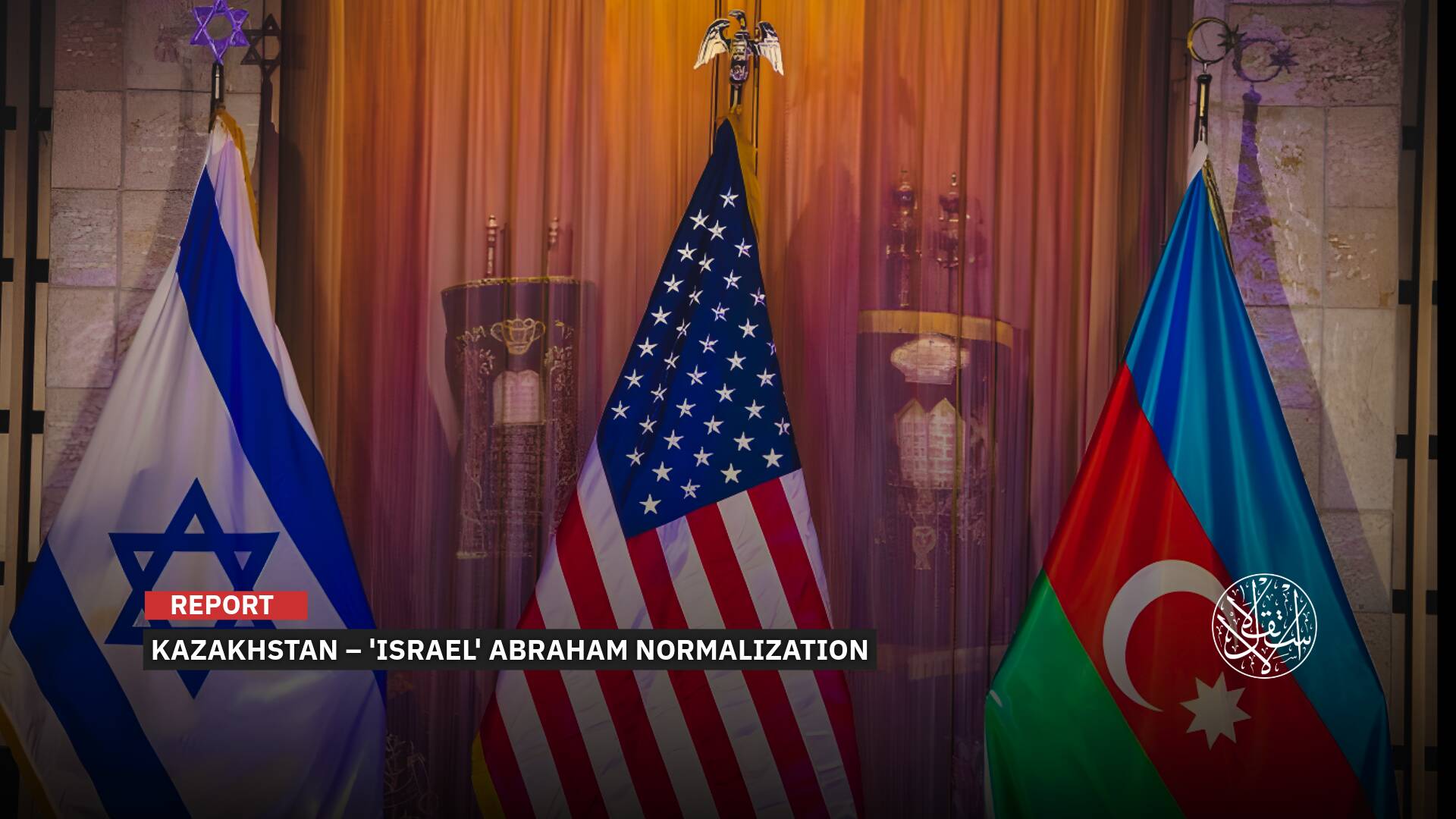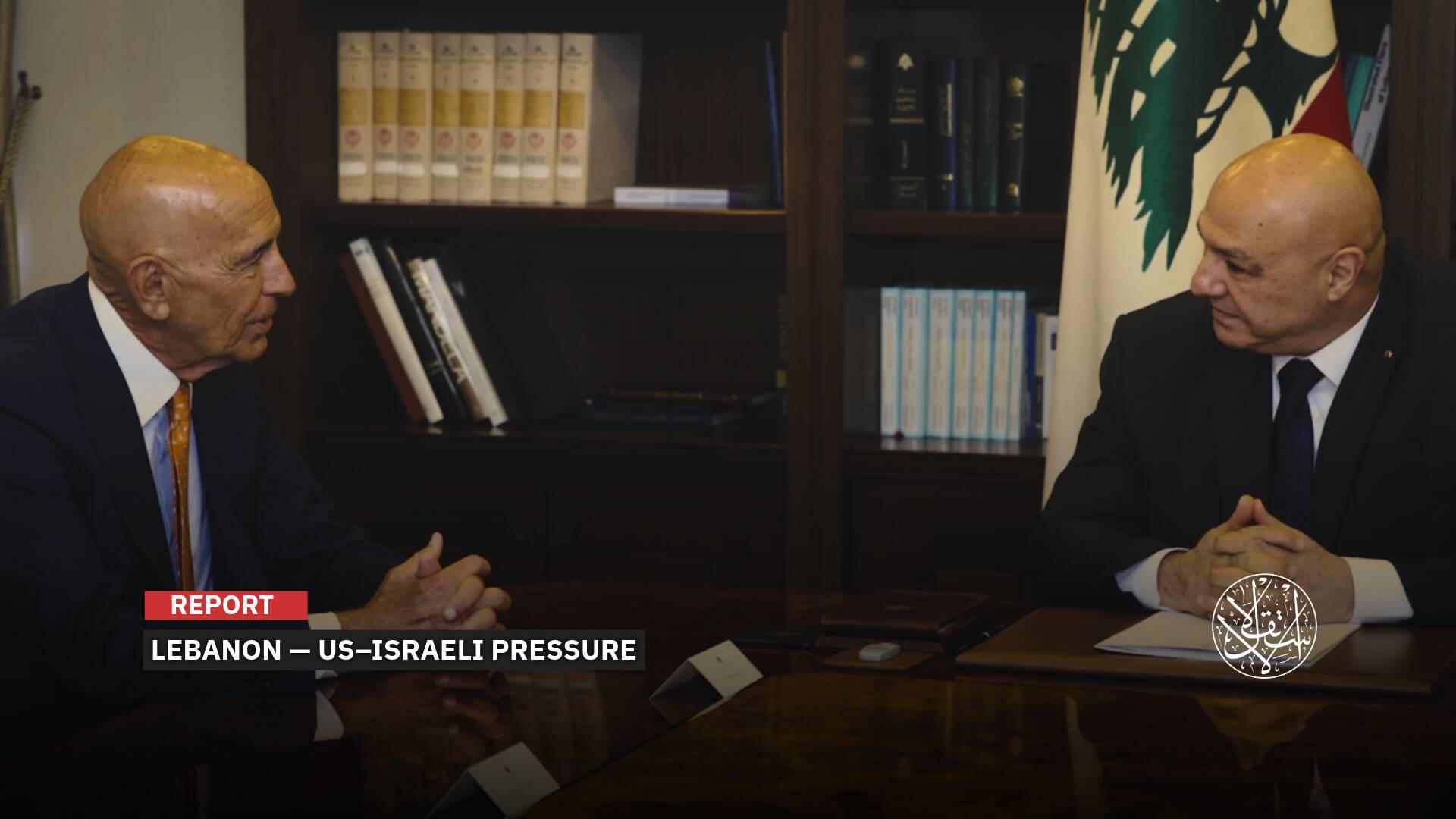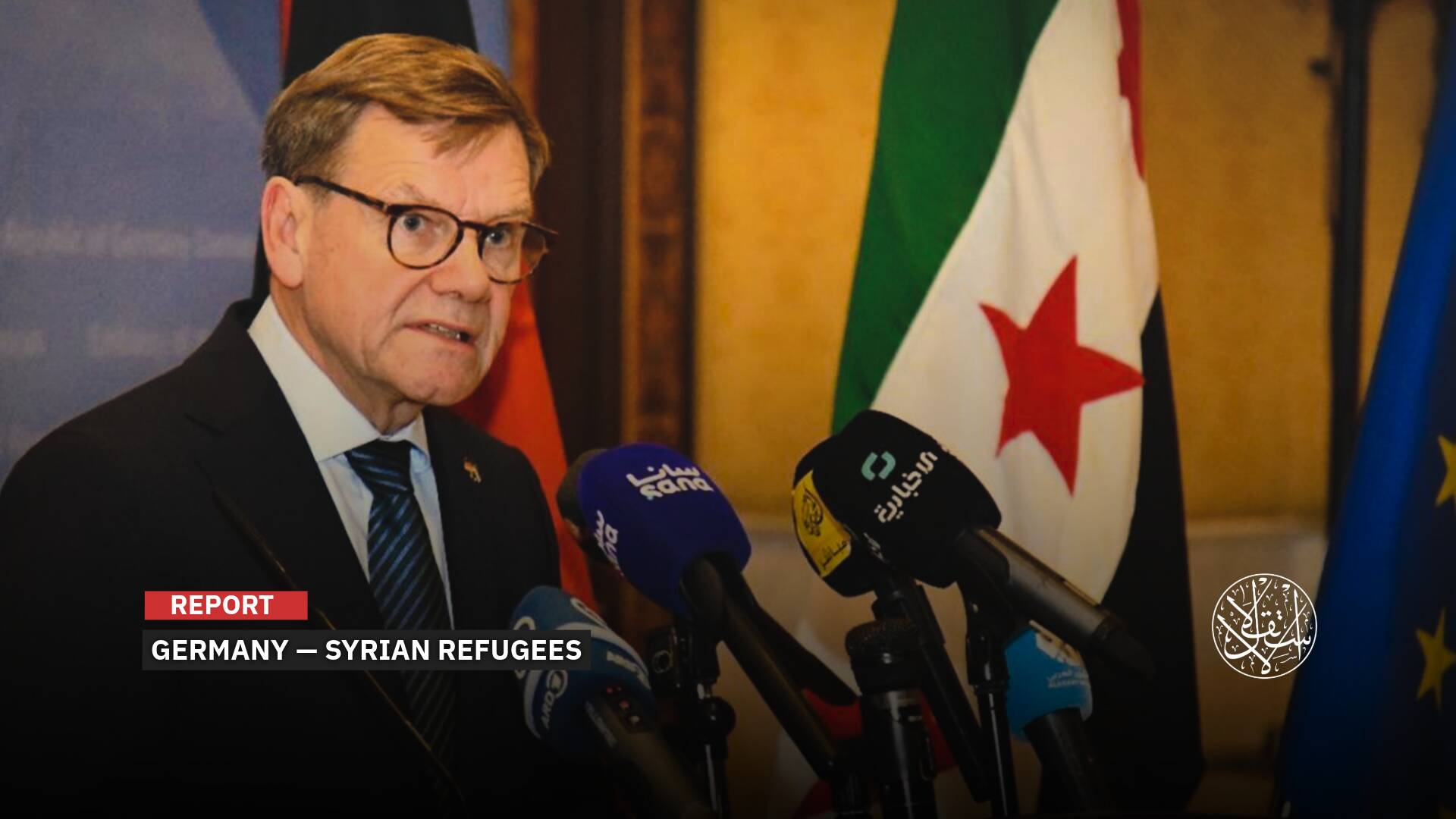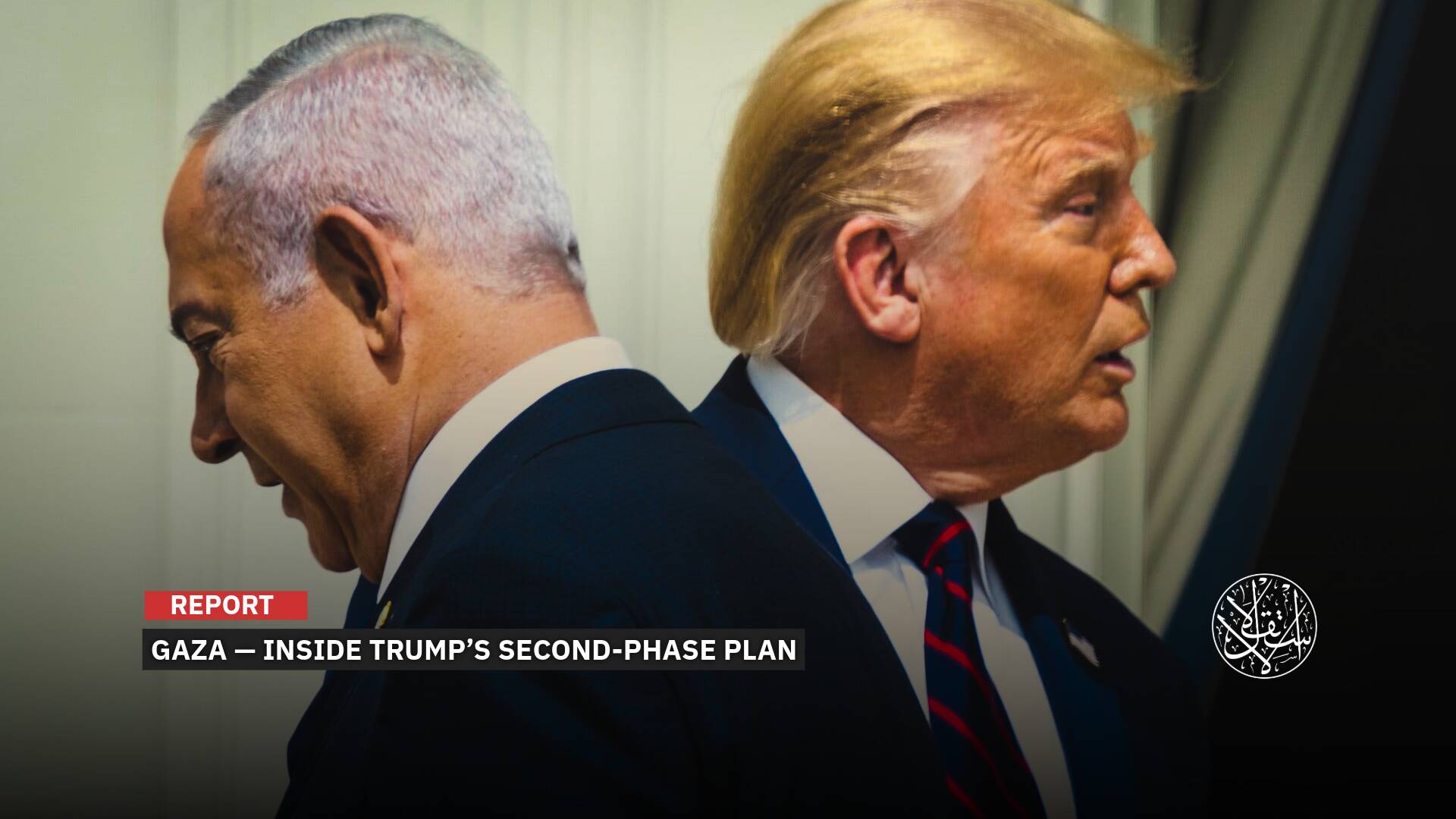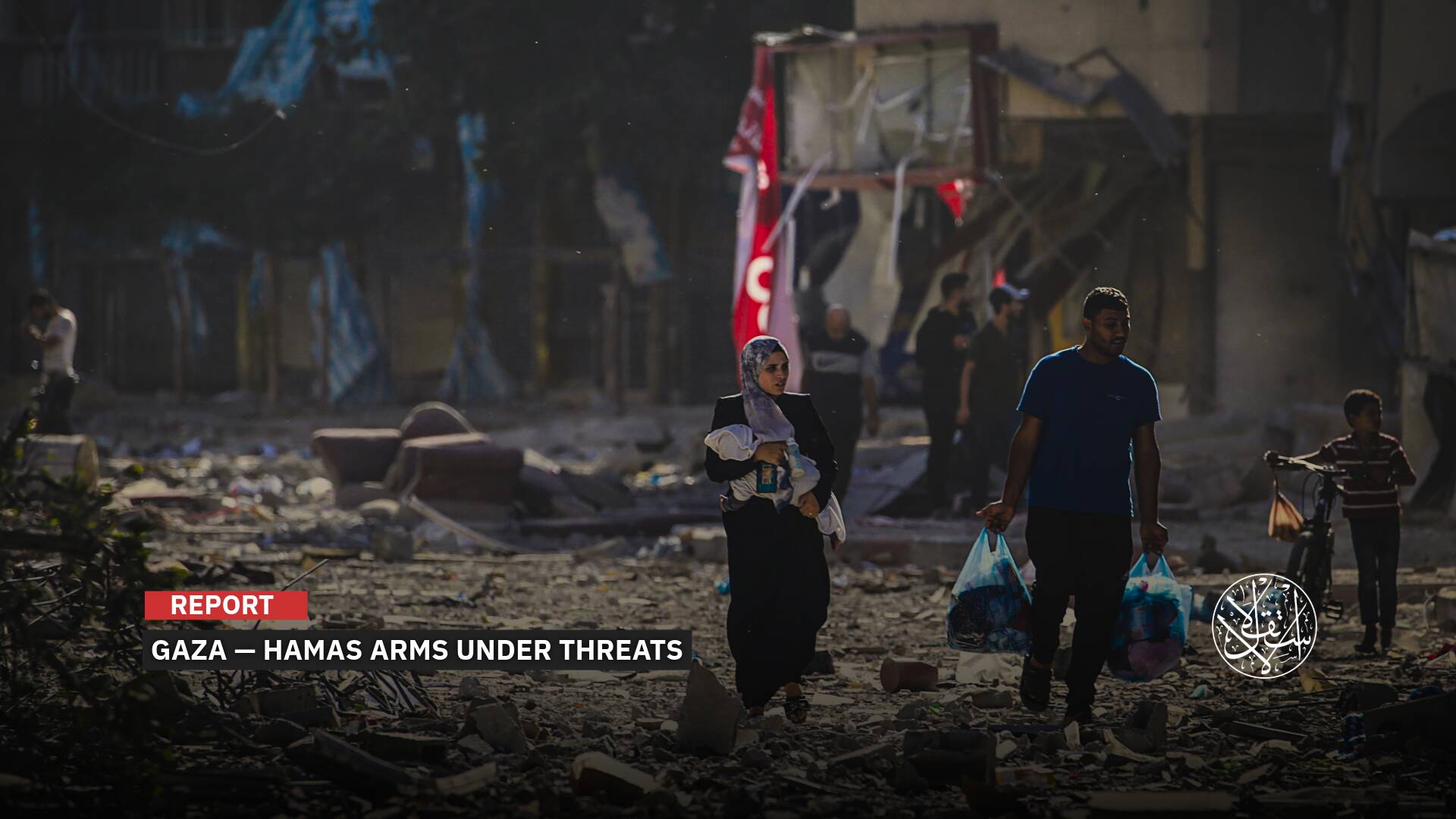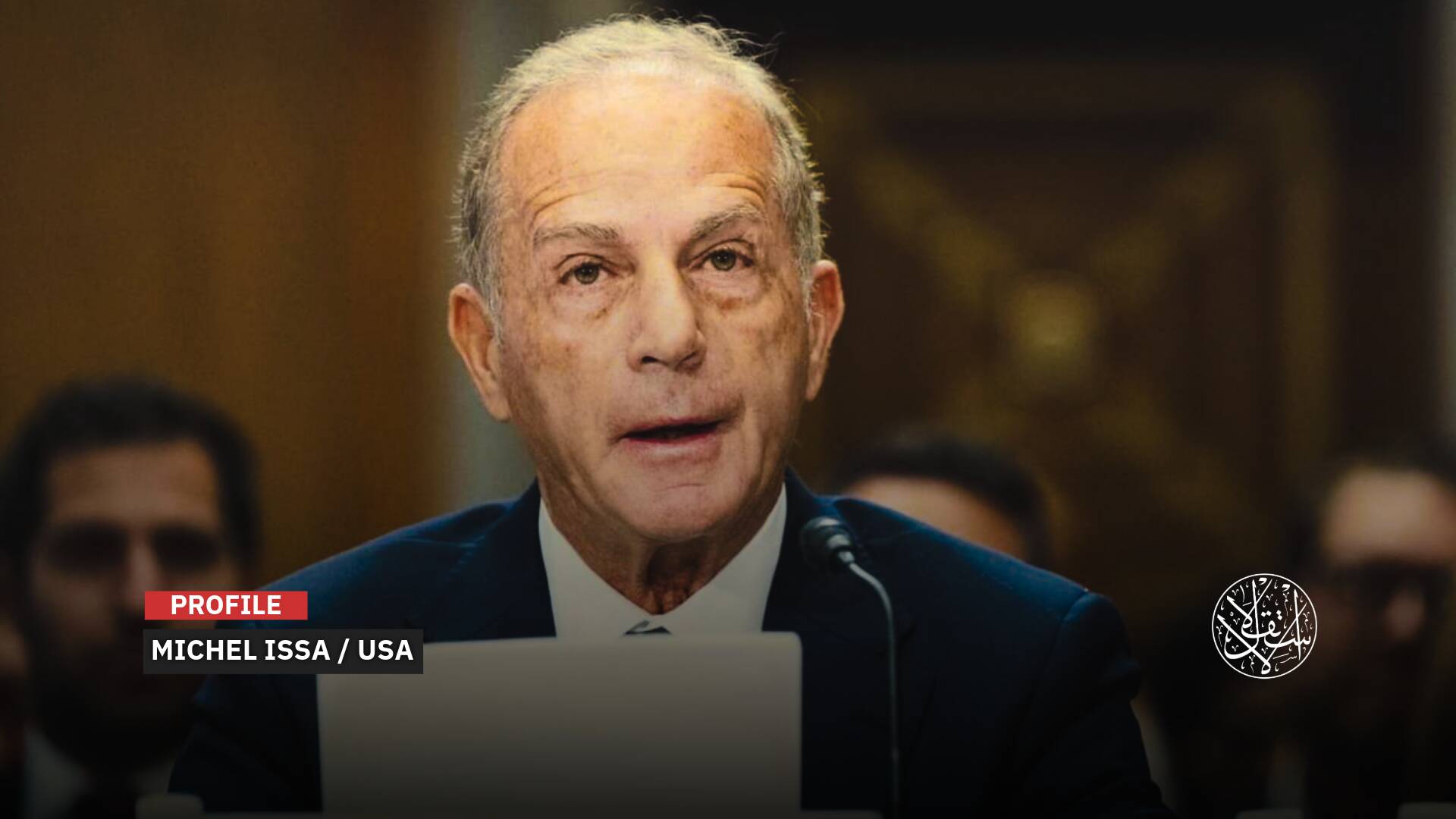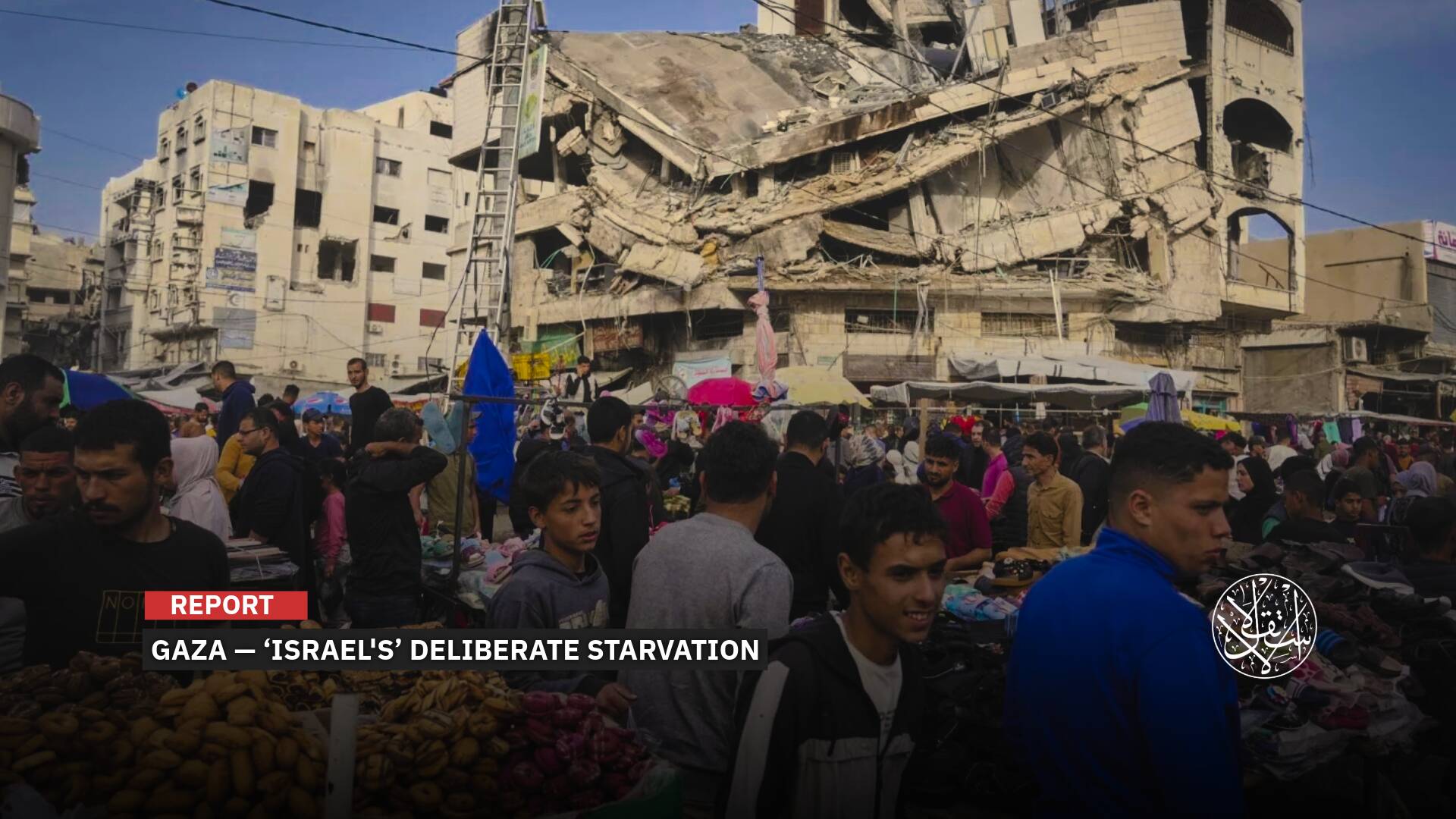Between Fragmentation and Annexation: ‘Israel’s’ Strategy Behind Military Gates in the West Bank
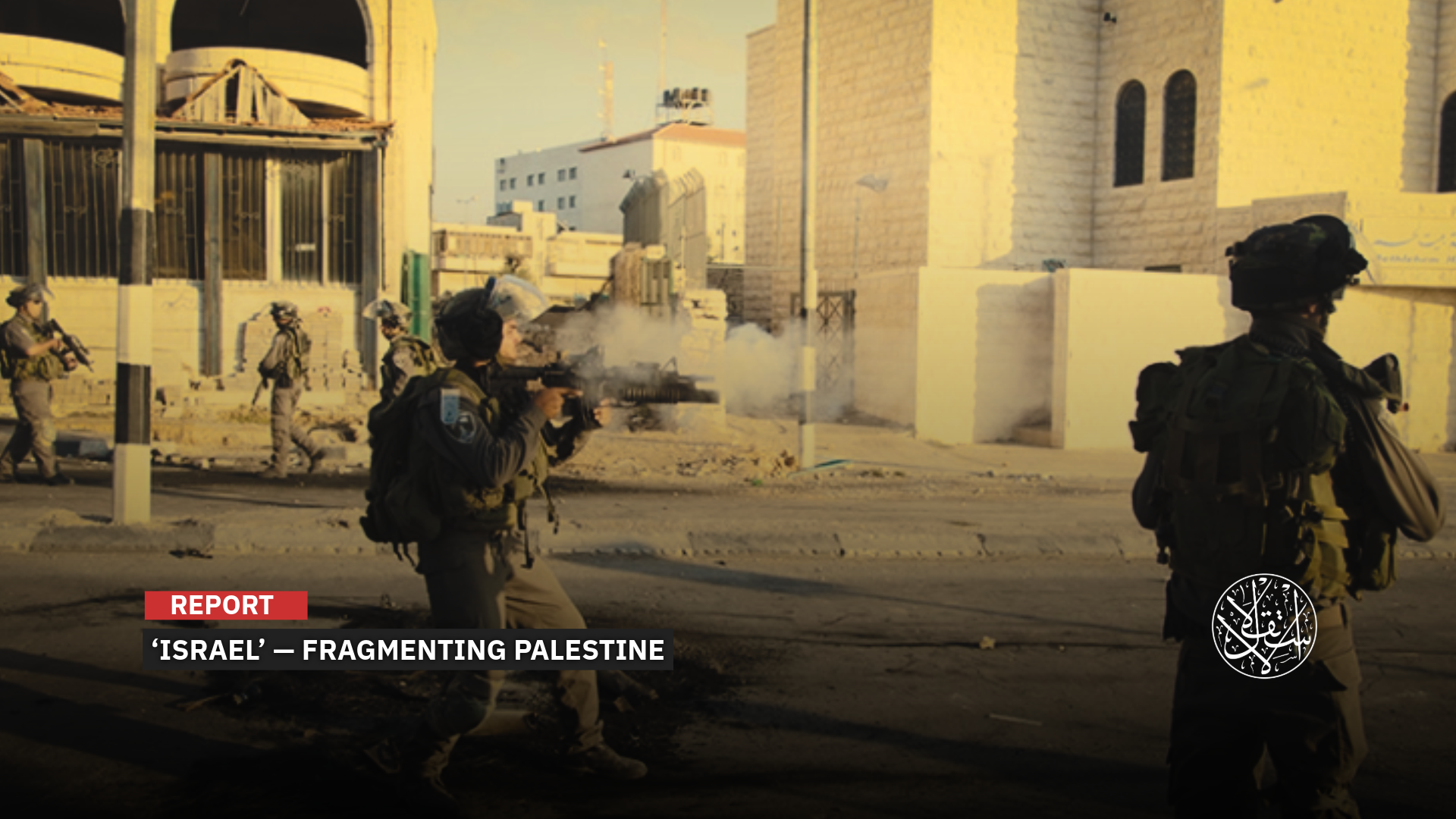
“Israel” is carving up the West Bank with nearly 1,000 gates and military checkpoints.
In a move seen as part of a gradual annexation plan, Israeli occupation authorities have stepped up their aggressive policies in the West Bank, introducing a series of new measures on the ground aimed at fragmenting Palestinian cities and villages and isolating them from one another.
The retaliatory escalation comes as several Western countries formally recognize the State of Palestine, serving as an Israeli message that a two-state solution is increasingly out of reach as more land is seized and Palestinians are confined within their own towns and villages.
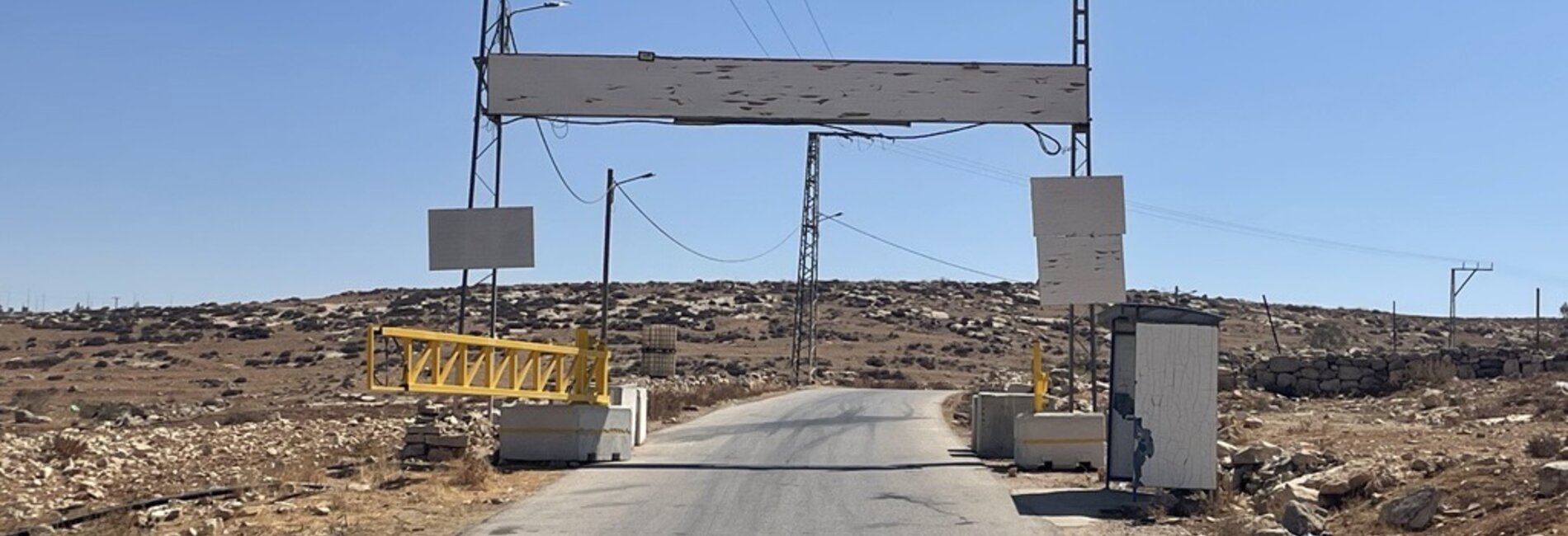
Severing Ties
During the first two weeks of September 2025, Israeli Occupation Forces set up no fewer than 27 new roadblocks across the West Bank, including 18 gates on main roads such as Route 60, the artery linking the north and south of the territory.
They also erected eight earth mounds and concrete blocks, most of them at the entrances to towns and villages, according to a report published on September 18 by the UN Office for the Coordination of Humanitarian Affairs (OCHA).
According to the Palestinian news agency WAFA, Israeli authorities have installed more than 244 military gates throughout the West Bank, while the Palestinian government’s Wall and Settlement Resistance Commission says “Israel” is splintering the territory with roughly 1,000 gates and checkpoints.
In Bethlehem governorate, in the south of the West Bank, Israeli Occupation Forces installed five new road gates, heightening the risk of isolating some 10,500 residents of nearby villages.
Five additional gates were installed in Hebron governorate, three of which threaten to deepen the isolation of Yatta city and surrounding herding communities.
In the northern part of Hebron governorate, two new gates between Beit Ummar, Al-Arroub refugee camp and Halhul threaten to cut off around 31,000 residents from Route 60, according to OCHA.
They also risk isolating the 10,000 residents of Al-Arroub camp from the city of Hebron, the main hub for services in the governorate.
In Jerusalem governorate, Israeli Occupation Forces set up nine new roadblocks, including seven earth mounds across six villages in the Biddu area, which is already encircled by the separation wall. The move severed key internal roads and blocked access to farmland.
Two more gates were installed, one at the northern entrance to Er-Ram and Dahiyat al-Bareed, home to about 15,800 residents combined, and the other at the only entrance to the village of Mikhmas, which branches off Route 60, putting its 3,000 residents at risk of near-total isolation.
OCHA also reported that in the western part of Ramallah governorate, Israeli Occupation Forces installed six new gates, affecting more than 20,000 residents across five villages.
In Salfit governorate, in the north, Israeli Occupation Forces placed concrete blocks near the town of Deir Istiya, closing off the road junction leading to the nearby village of Zeita Jamma’in.
In Tubas governorate, also in the north, they built an earth mound west of the community of Al-Hadidiya, a small herding hamlet of around 70 residents, further restricting their already limited access to farmland and grazing areas.
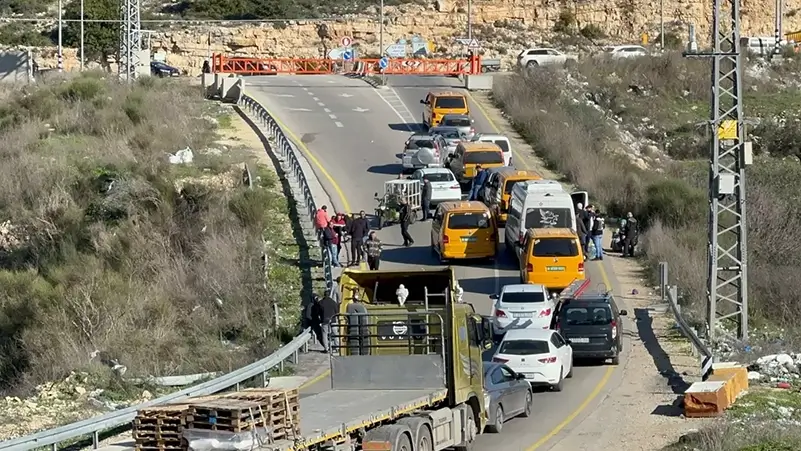
Devastating Effects
While these gates are currently only partially closed, they pose a serious threat, effectively restricting freedom of movement and risking further disruption of access to health care, education, workplaces, and other essential services.
The gates entrench both geographic and social fragmentation, deepening the humanitarian crisis by cutting off access to key roads.
Academic Razan Shawamreh told Al-Estiklal of her daily ordeal, saying that life in the West Bank has become hostage to military gates that dictate every detail of movement. They are scattered at village entrances and exits, and even on internal roads that take just a few minutes to drive through.
Shawamreh, who lives in Ramallah and teaches at Al-Quds University in Abu Dis, said, “The drive from Al-Bireh to the village of Surda should take just five minutes, but a gate separates the two. From Surda to Atara is another five minutes, but that road is blocked by yet another gate.”
She added that the town of Birzeit, north of the West Bank, is a prime example, with all its entrances and exits surrounded by gates that are opened and closed at the whim of the officer in charge.
“Usually the gates are opened at 9 a.m.,” she said, “to make sure settlers have passed safely on their way to work, to settlements, or into Israel and Jerusalem. Palestinians are left waiting at the gates.”
Shawamreh stressed that these gates are not ordinary checkpoints like Qalandiya, but a new system that cages towns and villages, turning them into closed-off residential blocks.
“This is happening,” she continued, “while settlers enjoy free movement on wide parallel roads, separated from the narrow Palestinian roads by walls, barbed wire, and concrete blocks, making us feel as if we are outside of time and place.”
Sharing her personal struggle, she said, “My classes at the university start at 11 a.m., but I have to leave home at 6 in the morning to make sure I get there on time.”
“What is normally a three-hour round trip can stretch to six or seven hours because of the gates and checkpoints. When I finish at 2 p.m., I sometimes don’t get home until the evening, four or five hours later.”
She noted that the gates are usually shut at 4 p.m., meaning anyone who is even a minute late may be barred from entering and forced to take long detours through Palestinian villages, adding hours to the journey. Some end up sleeping in their cars until morning or staying overnight with relatives in nearby villages.
Teachers commuting to other towns or villages also suffer, as they are often late for their classes because the gates do not open before 9 a.m., meaning the school day effectively starts two hours late.
From above, Shawamreh said, the West Bank looks like “a chain of military gates,” with cars lined up in long queues.
“Israel is working to humiliate us and push us to leave, but what is remarkable is that Palestinians continue to adapt to every new Israeli policy of repression,” she concluded.
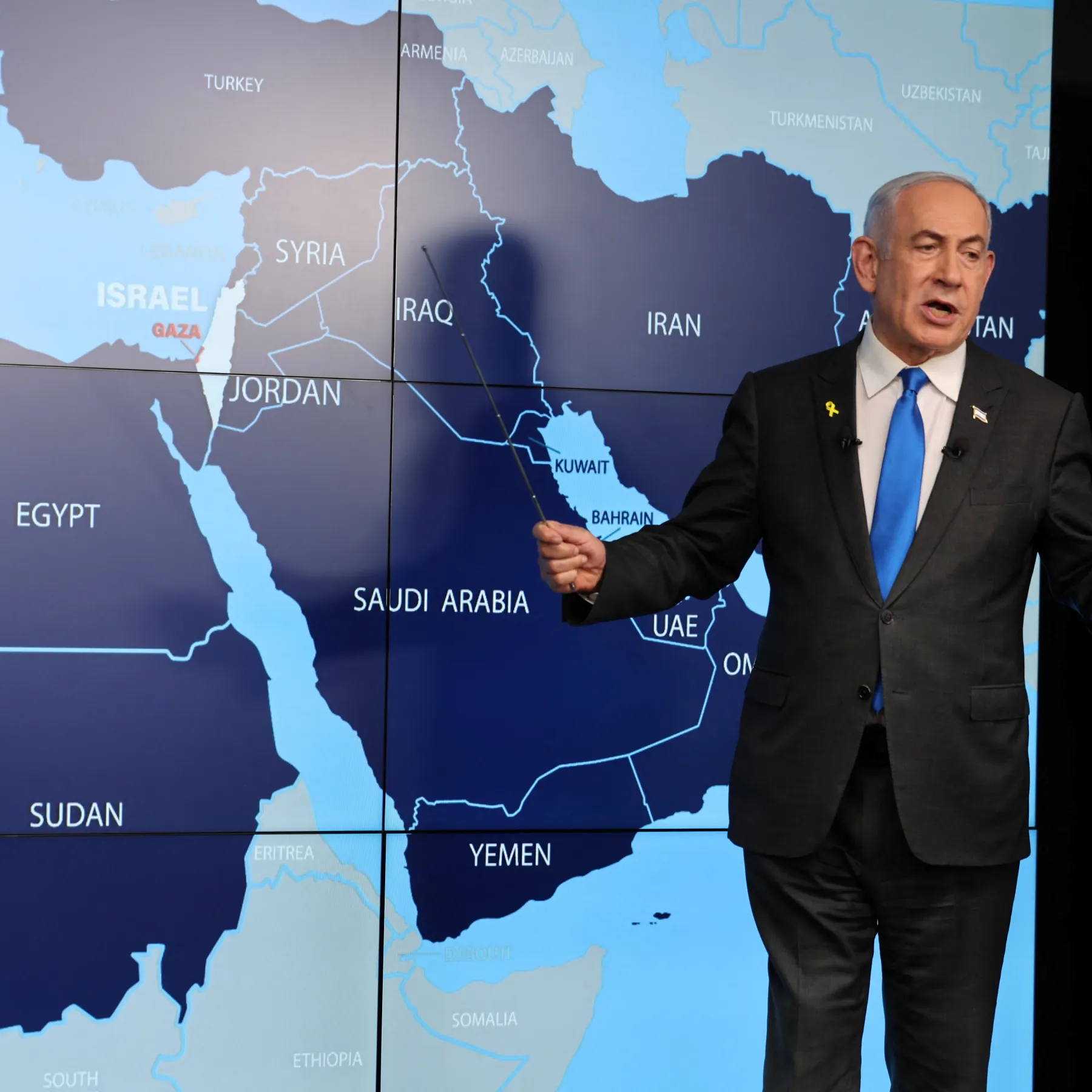
What is the Goal?
The restrictions on movement in the West Bank, the spread of checkpoints and the creation of gates did not begin on October 7, they were laid down decades ago, particularly after “Israel’s” occupation of the territory in 1967.
But the clampdown has deepened in the wake of the Operation al-Aqsa Flood, with “Israel” accelerating steps toward the formal annexation of the West Bank, a move that many analysts say Prime Minister Benjamin Netanyahu is unlikely to pursue without a green light from Washington.
Many view “Israel’s” tightening of control through gates and checkpoints as a deliberate attempt to eliminate any remaining path to a two-state solution, especially as it coincides with “Tel Aviv’s” military campaign in Gaza.
This escalation comes amid a wave of Western recognitions of the State of Palestine, announced during the United Nations General Assembly in September 2025 by several countries including the UK, France, Malta and Canada.
In the wake of these recognitions, National Security Minister Itamar Ben-Gvir and Finance Minister Bezalel Smotrich declared that “Israel” should respond by annexing the West Bank and dismantling the Palestinian Authority.
Palestinian political analyst Rasem Obeidat wrote in Al-Quds newspaper on September 23 that “what we are witnessing today, settlement projects, land confiscation, expulsions, the erection of gates and checkpoints, makes it clear that the West Bank and Jerusalem are heading toward a new Nakba.”
He argued that one of the aims of these gates is to physically fragment the territory, enforce demographic isolation and make Palestinian movement entirely dependent on opening and closing times set by the Israeli Occupation Forces.
According to Obeidat, the gates and checkpoints will have devastating effects on trade and the economy, driving up transport costs, pushing many businesses toward bankruptcy and forcing shops and companies to shut down.
“Purchasing power is also declining,” he added, “not only because of rising poverty and unemployment rates, but because of the drop in the number of shoppers, tied to the presence of gates and the risks they pose.”
Beyond the economic fallout, Obeidat warned of deep social costs: psychological strain, family fragmentation, weakened community ties and rising crime and social unrest.
He argued that, against the backdrop of what he called a war of starvation and genocide in Gaza and the ongoing settlement drive, “Israel” is seeking to force Palestinians in the West Bank and Jerusalem into three bleak choices, death in battle, expulsion abroad or confinement to isolated enclaves and ghettos surrounded by settlements.
Obeidat said the strategic goal of the gates is to erase the Palestinian Authority entirely, in line with a Zionist vision that rejects the creation of any Palestinian entity that could lead to statehood on any part of historic Palestine, and to prevent a Palestinian demographic majority between the river and the sea that could challenge the idea of a purely Jewish state.
He cited recent remarks by Netanyahu about the need to establish a so-called “Greater Israel” stretching across a vast area of Arab land, and former U.S. president Donald Trump’s claim that “Israel” is a “small country” on the map and needs to be expanded.


